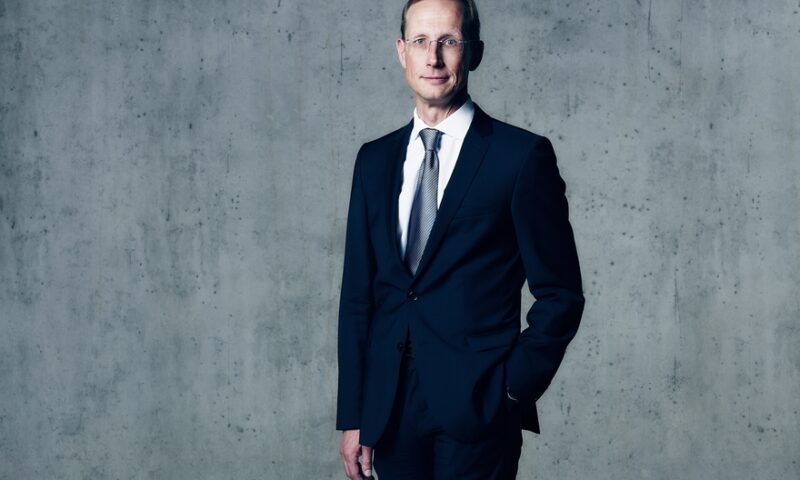CureVac has closed a $640 million private financing round. The raising of the round, which is larger than all CureVac’s previously disclosed financings combined, comes as the biotech races to bring an mRNA COVID-19 vaccine to market.
Germany’s CureVac attracted the support of investors including billionaire entrepreneur Dietmar Hopp and the Bill & Melinda Gates Foundation over the first 15 years of its existence, enabling it to raise progressively larger rounds to take an mRNA prostate cancer vaccine into phase 2. The failure of the phase 2 set CureVac back, but in recent months it has emerged as a COVID-19 front-runner.
CureVac has capitalized on its position in the closely watched vaccine race to raise a mega round. The German federal government got the round going last month when it paid €300 million ($343 million) for a 23% stake in the company. Then, GSK paid $171 million for a 10% stake in CureVac. The investments reshaped CureVac’s list of leading backers and gave it more spending power than ever.
Now, CureVac has revealed other investors have contributed a further $126 million, bringing its total haul up to $640 million. Qatar Investment Authority and a syndicate of unnamed new and existing investors put in the other $126 million.
With the European Investment Bank (EIB) making around $85 million in debt financing available, CureVac has secured access to around $725 million in a matter of weeks. The EIB loan is earmarked for CureVac’s work to develop a COVID-19 vaccine and expand its manufacturing capabilities. The rest of the money, including the German government investment, can be used more broadly.
CureVac has secured the cash before publishing data on how its COVID-19 vaccine CVnCoV performs in humans. Belgian and German authorities cleared CureVac to start phase 1 in mid-June, putting the program around three months behind Moderna’s rival vaccine.
The data that are available point to potential advantages CVnCoV may have over other vaccines. In preclinical tests, CVnCoV triggered antibody and T-cell responses at doses as low as 2 micrograms. Moderna, in contrast, has chosen 100 µg as its phase 3 dose. CureVac is testing higher doses in its clinical trial, but even if the maximum, 8-µg dose is preferred it will need to make less material per vial than other companies, potentially helping it scale output to meet demand.

